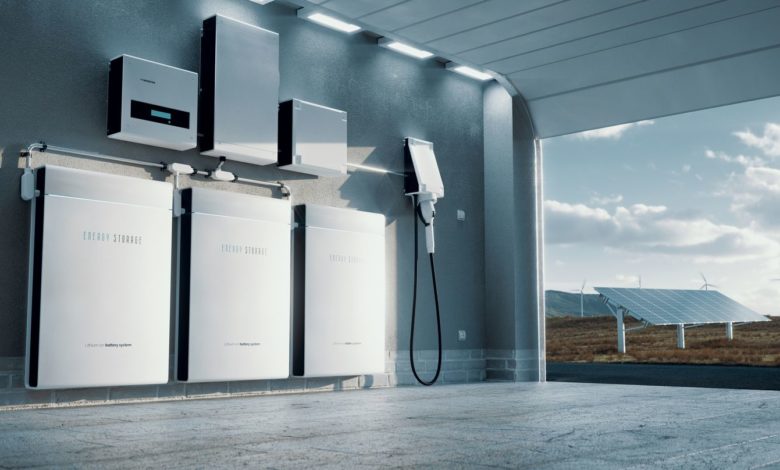Solar energy storage – Pairing panels with batteries for backup power

To keep the power flowing when the sun isn’t shining, households and businesses are also investing in energy storage solutions including batteries. Batteries allow building owners to store excess energy during sunnier parts of the day for use at night or during storms.
Why add batteries to solar?
Solar panels alone provide clean power but lack storage capacity beyond what’s instantly used onsite. This inability to “hold” energy means solar systems risk disruptions if adverse weather blocks sunlight even momentarily. Adding batteries builds a reserve of solar energy “on call” 24/7. Besides weather resilience, key battery benefits include:
- Cost savings – Storing extra solar energy offsets future electricity purchases. Batteries also qualify for state/federal storage tax credits.
- Energy arbitrage – Using batteries to “buy electricity low and sell high” exploits hourly utility rate differences and maximizes bill reductions.
- Backup power – Onsite energy storage keeps critical loads running during grid outages for uninterrupted business/household operation.
Battery types for solar systems
Multiple battery chemistries are available for home and business renewable energy storage. The main options include:
- Lithium-ion – The go-to for household solar+storage with rapid response times and long 10-15 year lifespans if properly maintained. Many have wiring and software enabling complete independence from the grid when needed.
- Lead-acid – Budget lead-acid batteries are most economical for small solar systems with minimal backup runtime needs, but require ventilation measures and frequent replacement.
- Saltwater/Zinc-hybrid – An eco-friendly nascent battery type utilizing abundant low-toxicity materials, though currently more expensive than conventional rechargeable batteries at scale.
Choosing the optimal solar battery depends on intended functions, usage levels, location climate, usable space, and budget. Consulting a qualified solar installer simplifies the determination process.
Financial incentives and payback timeframes
Despite falling equipment prices, solar-paired battery systems still represent a significant investment that makes some hesitate. However, state/federal incentives along with long-term energy bill reductions make payback timelines faster than many homeowners expect. An analysis by EnergySage found solar battery systems reach breakeven in 6-10 years nationwide without incentives. But in solar-friendly states offering energy storage rebates like Massachusetts, Rhode Island, and New York, payback drops to less than five years. The fastest way to maximize savings is via the 26% federal tax credit which covers both solar and storage costs for systems installed before the end of 2032. Taxpayers claiming the credit recoup over a quarter of their project cost from Uncle Sam. Some state/municipal governments offer additional solar battery rebates further accelerating ROI.
Recycling solar batteries
With solar expansion, regulators increasingly ponder disposal protocols to responsibly handle system components reaching obsolescence, especially hazardous battery materials like lead and lithium. Proper recycling solar batteries and reuse practices are paramount for environmental sustainability. The US Solar Energy Industries Association projects over 1 million tons of solar panels and 18,000 tons of lead-acid batteries will become waste by 2030 under current growth trends. Handling this looming e-waste stream demands accountable recycling programs and manufacturer-extended responsibility.
Thankfully voluntary industry stewardship efforts are already underway. Major solar manufacturers offer panel takeback/recycling while third parties like Retriev Technologies specifically focus on battery reuse and metal reclamation. Stricter state mandates like New York’s new rules also raise responsible recycling standards. Still, all stakeholders from installers to system owners must coordinate during decommissioning to stop improper disposal.

